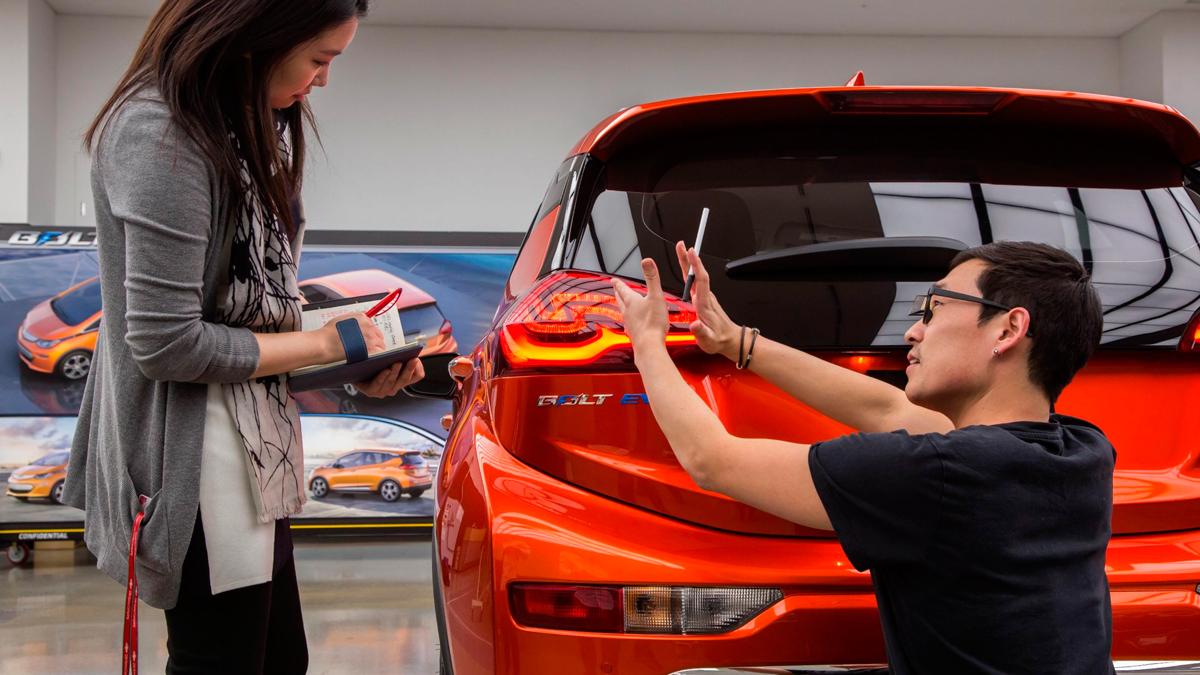Myths and Tips About Tire Safety
No matter whether you are driving in scorching heat or on a chilly wintry morning, tires are the most important thing that keeps the vehicle running properly. When it comes to tire maintenance, there are plenty of tips to keep your tires in good condition; there are however many myths which could end up doing more harm to tire safety than any actual good. So, we consulted with experts to know whether those myths really matter.
Tire safety myth #1:
All you need to do check air pressure is kicking or looking at the tires.
Experts say this could be an effective option in no more than 10%-20% cases.
Tire safety myth #2:
Using flat fixer fluid or a plug-type repair is alright.
In reality this has no good use at all. All the tire manufacturers equivocally refused any sort of gain from such doing. It will rather void the warranty.
Tire safety myth #3:
A tire that has run 10% low can be made A-OK by re-inflating.
This is nothing different than putting back a bowl of salad in the refrigerator after it is almost spoiled.
Tire safety myth #4:
Until the tread is completely untraceable, the tire is all good to go.
The tire condition could however deteriorate from inside, as it happens when the rubber gets too old and cranky. You should have your tires checked after 5 years, and must replace them after 10 years – no matter how much tread is left.
Tire safety myth #5:
There is nothing wrong with warning signs showed by the TPMS or tire pressure monitoring system. Your car is ready to hit the road for hundreds of miles before going through servicing.
Well, keeping your eyes blind to such a proven scientific notion is the other name of putting yourself and your vehicle at the risk of an accident.
Are you looking for Japanese used cars in great condition? – START HERE
What Can You Do?
Rotate: By rotating your tires on a regular basis, you can avoid premature wear and damages. The recommended distance to make rotation is in between 5,000-7,500 miles.
Inflate: This is possibly the most important part of tire maintenance. Under normal circumstances, tires may lose one pound per square inch.
Evaluate: Inspect your tires on a regular basis for any signs of damage or wear. The penny check is the easiest way ever to know the tread condition. If you are not still familiar with it: Lincoln’s head means the treads are worn out.
Instead of depending on myths to know when it times for a change or repair, you could get better results by following these simple suggestions to ensure tire safety.
Are you looking for Japanese used cars in great condition? – START HERE














